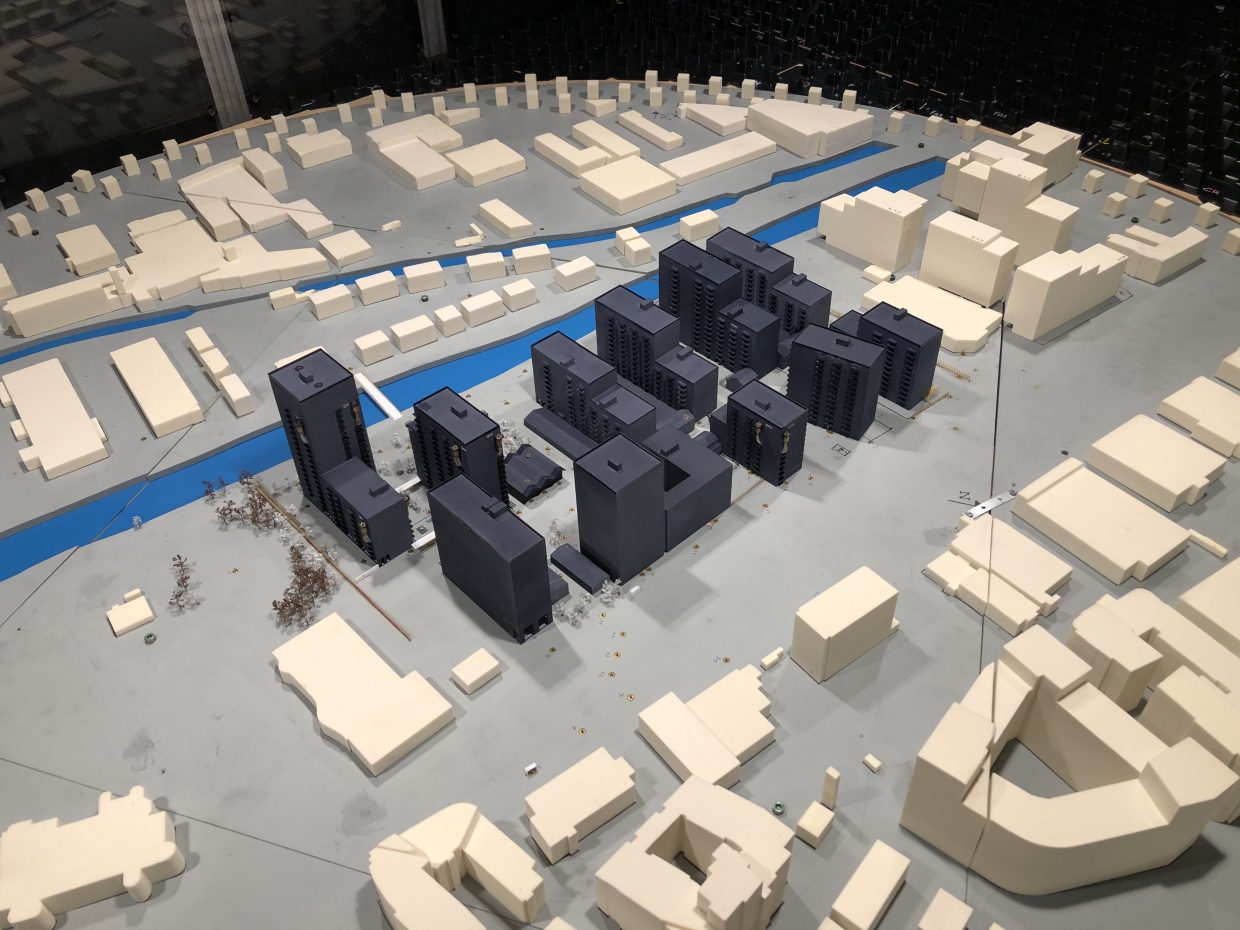Wind Microclimate assessments are now becoming necessary for many areas of the UK, especially for taller buildings. Wind microclimate should be included as a potential risk for site developers, either at the purchasing stage or design stage. Therefore early assessments are key to understanding the potential risk associated.
GIA uses high resolution CFD modelling which is highly correlated to wind tunnel testing, allowing our clients to obtain a true representation of the wind conditions. When employed at the early stages of a project, this can aid in understand the commercial viability of a project.
If strong winds exist, GIA provide commercial and innovative mitigation solutions, developed in tune with the design team – promoting a more efficient development journey – saving on considerable time and costs.


